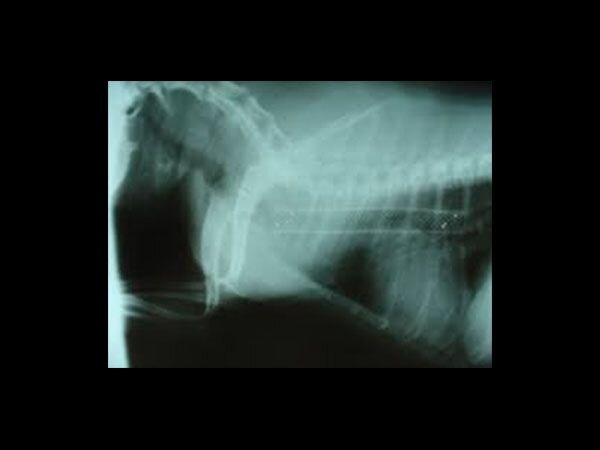Understanding Upper Airway Conditions
The upper airway of your pet includes the nasal passages, throat, and windpipe (trachea). Conditions affecting this area can lead to respiratory issues, impacting your pet’s ability to breathe comfortably.
Common Upper Airway Conditions
Several upper airway conditions can affect pets, including:
- Brachycephalic Obstructive Airway Syndrome (BOAS): Common in brachycephalic breeds (short-nosed breeds), BOAS is characterized by narrowed airways, leading to breathing difficulties.
- Nasal Obstruction: Blockages or growths within the nasal passages can impede airflow and cause nasal discharge, sneezing, and snoring.
- Laryngeal Paralysis: This condition involves the loss of function in the larynx, leading to noisy and labored breathing.
- Tracheal Collapse: The trachea can weaken over time, causing it to collapse during breathing, leading to coughing and respiratory distress.
Causes and Symptoms
The causes of upper airway conditions can vary and may include genetics, environmental factors, or acquired conditions. Common symptoms include:
- Noisy Breathing: Whistling, snorting, or other unusual sounds during breathing.
- Coughing: Persistent coughing, especially during exercise or excitement.
- Exercise Intolerance: Reluctance or difficulty in engaging in physical activities.
- Nasal Discharge: Runny or discolored discharge from the nose.


